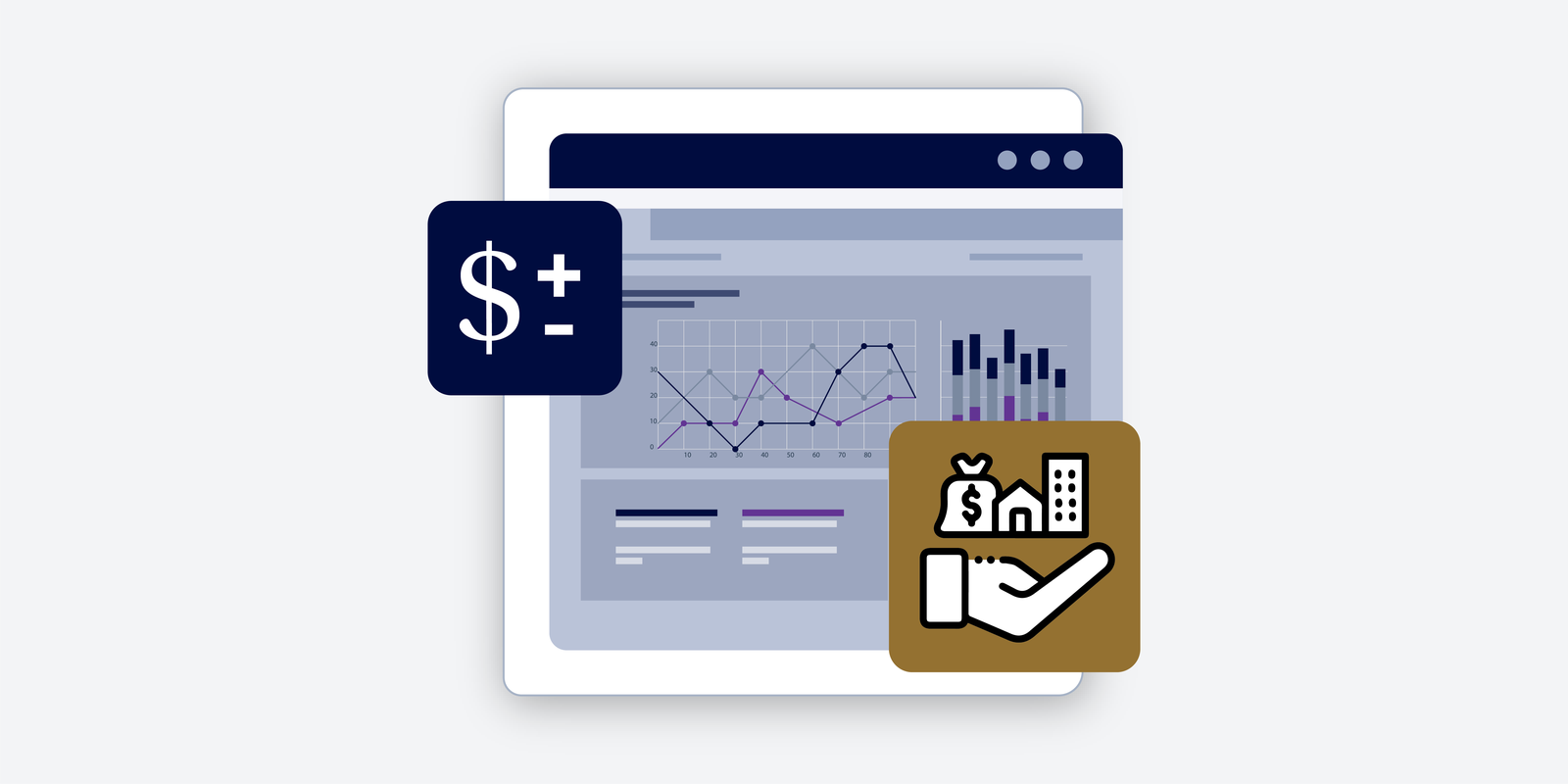Explicit Writing
What is Explicit Writing? Explicit writing is a fundamental technique in business writing. It is essentially the creation of statements that explain their purpose and leave the reader with a clear and concise understanding of the context of a statement. Learning to ask “why” when putting a statement into a report, email, or any informative…





